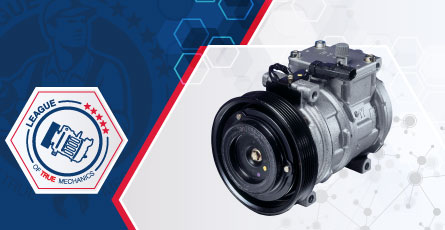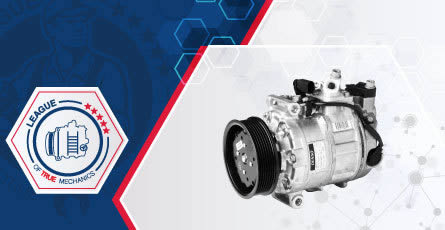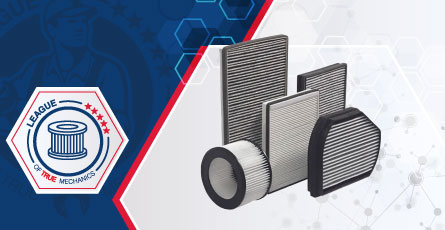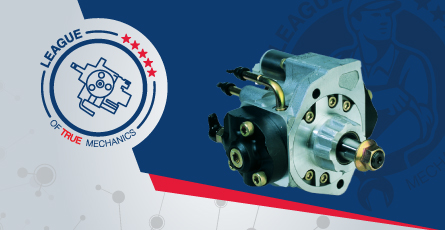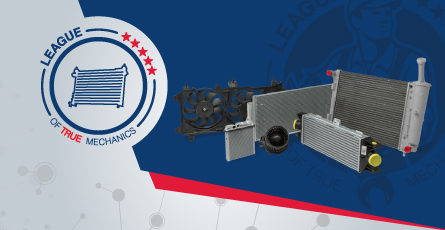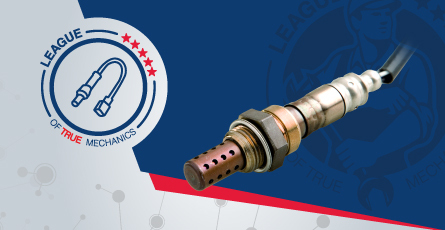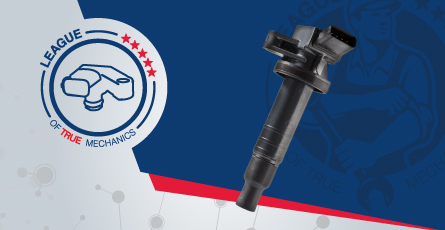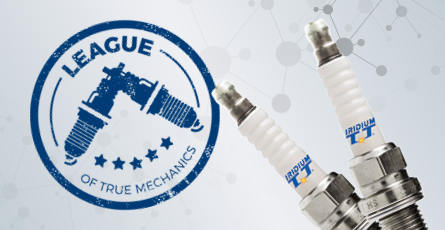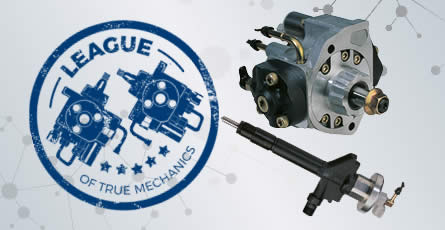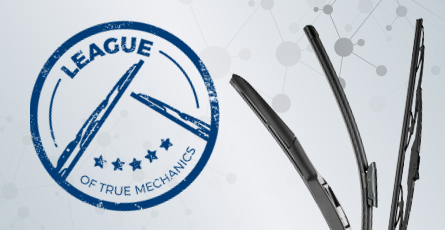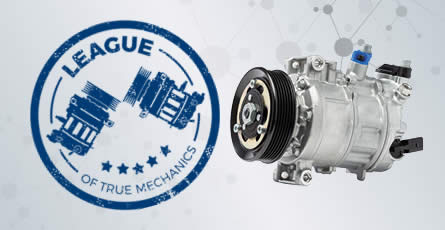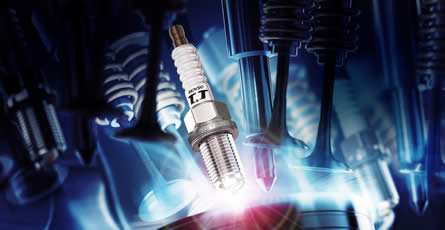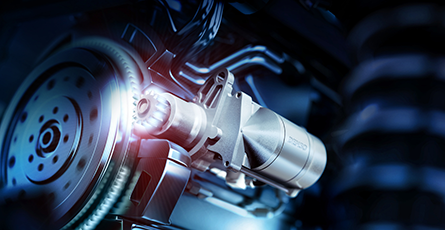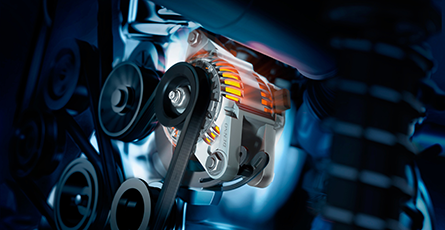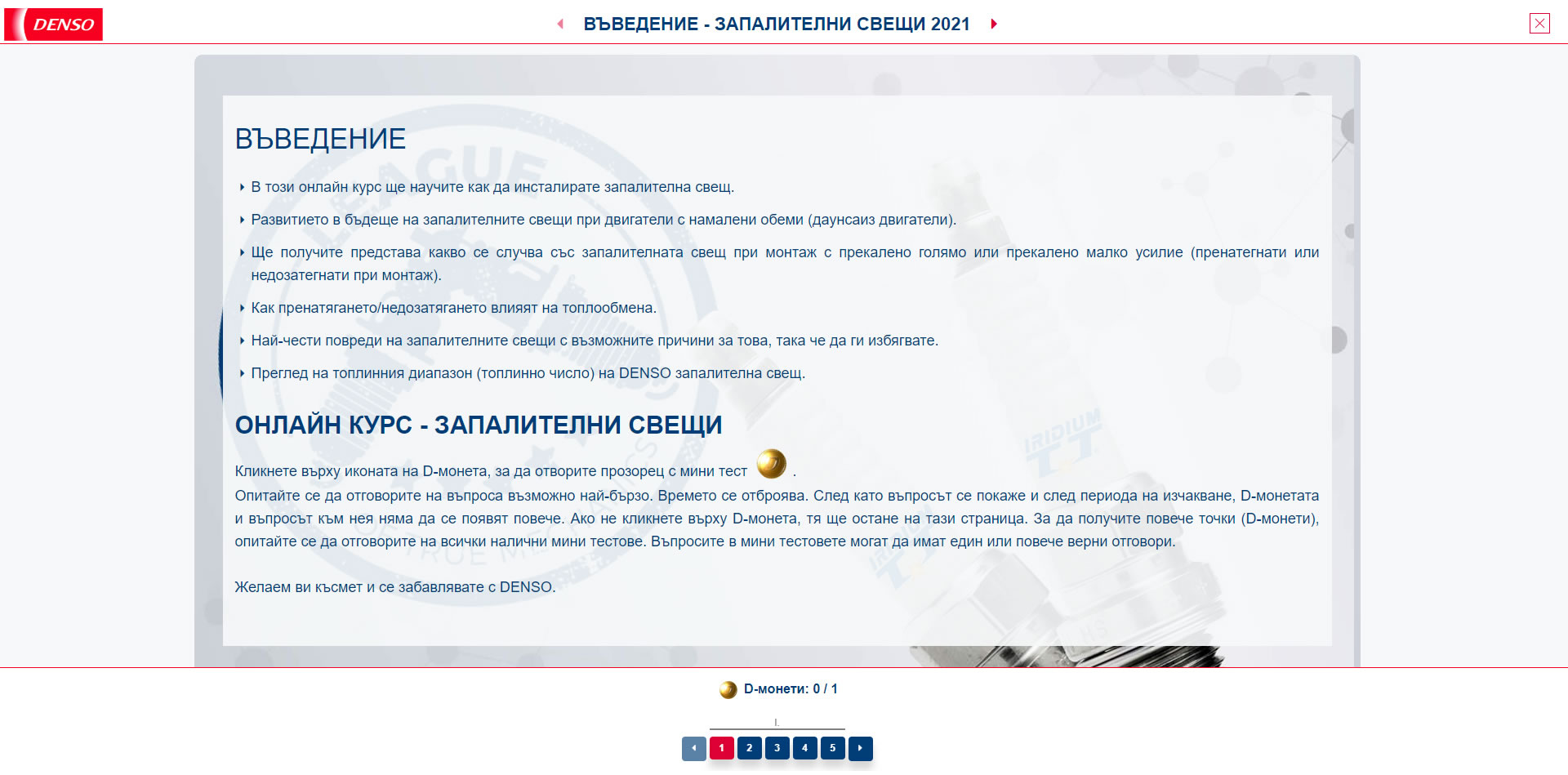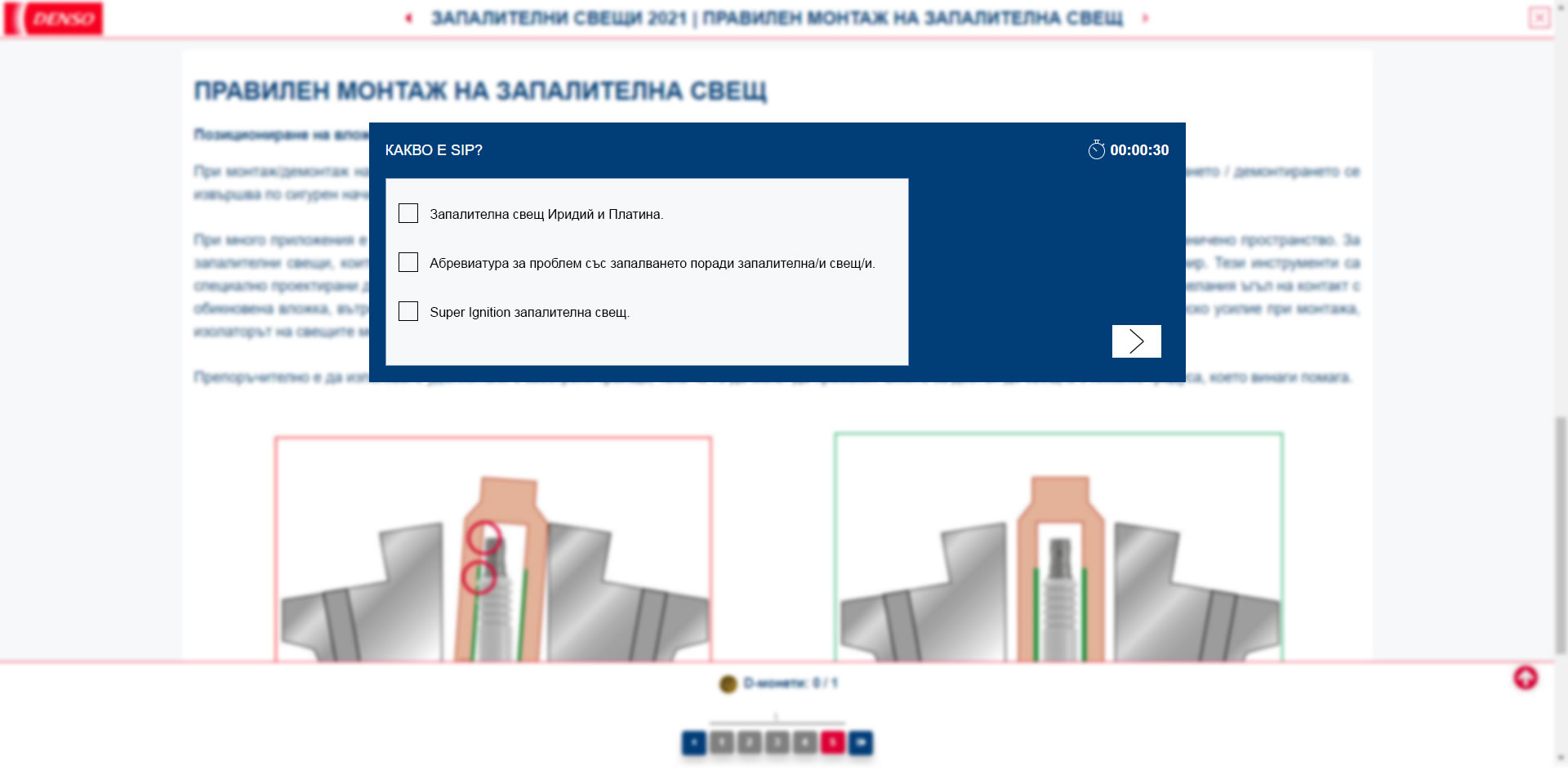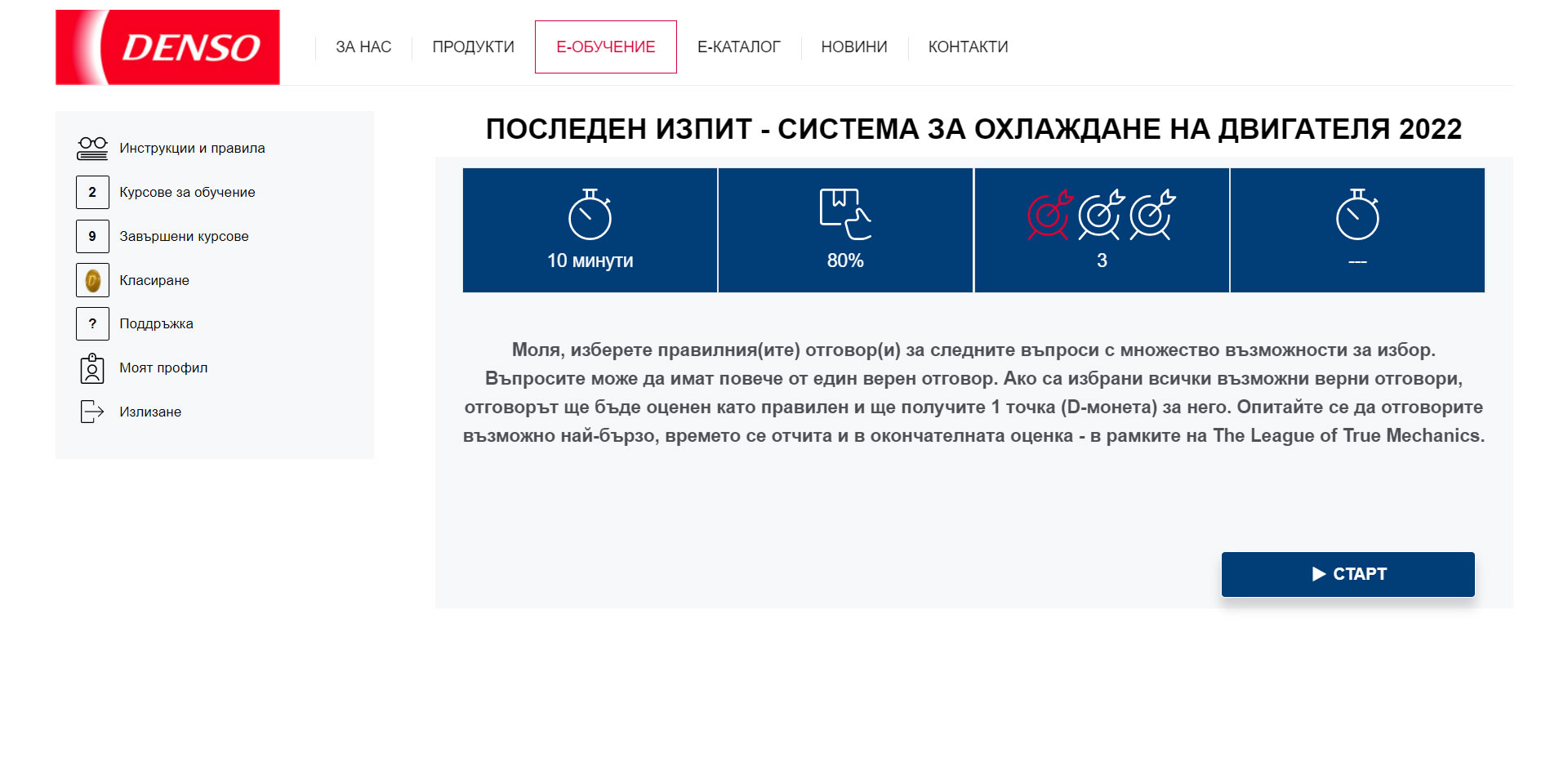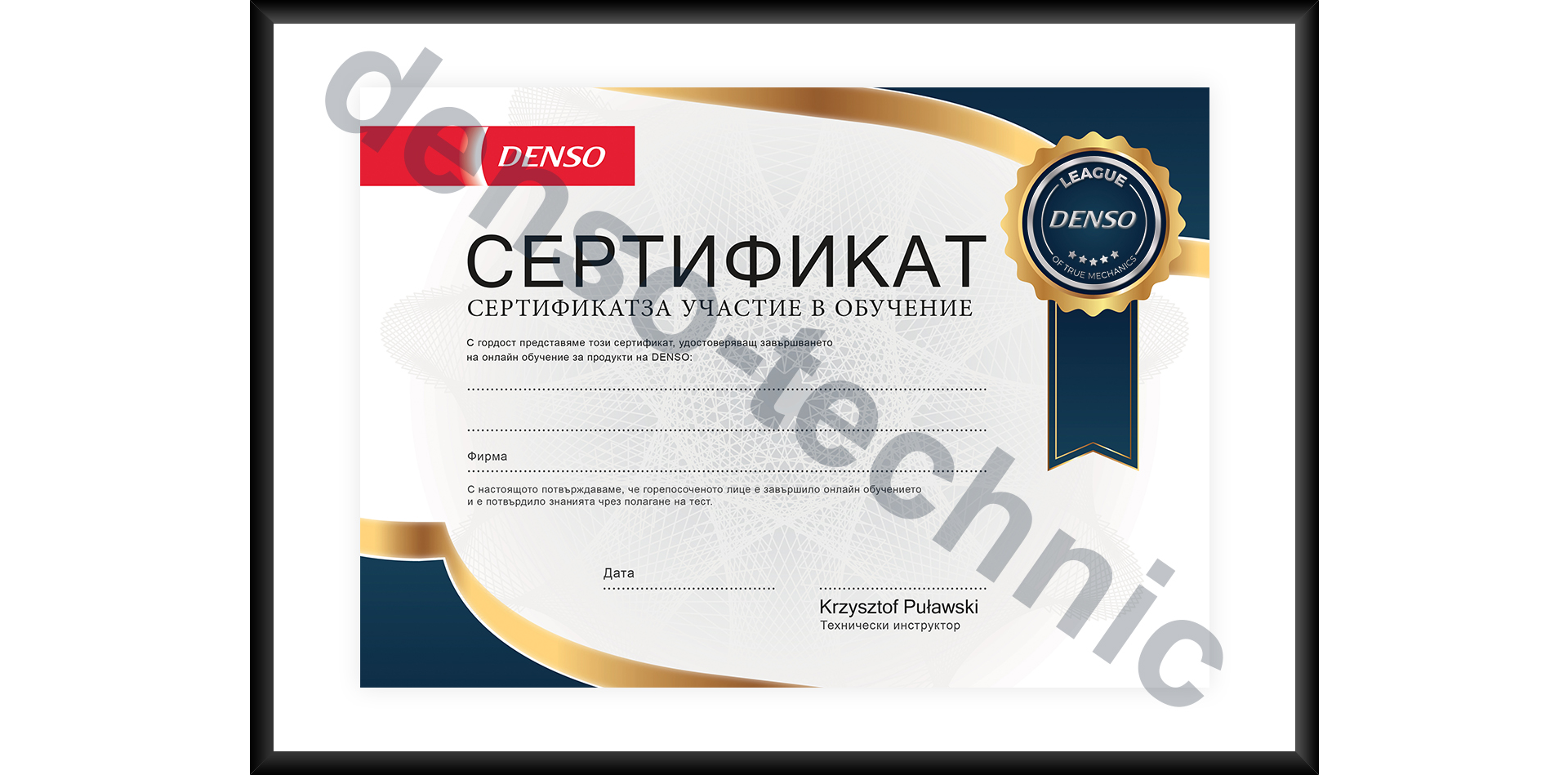ЗАЩО ТРЯБВА ДА УЧИТЕ С НАС?
Искате ли да подобрите техническите си умения? Регистрирайте се БЕЗПЛАТНО нашата онлайн програма за електронно обучение и получете сертификат.
Искате ли да участвате в "League of true Mechanics" и да спечелите ценни награди?
Регистрирайте се като профил „Сервиз“ или „Дистрибутор“. Ние награждаваме ТОП 10 от сервизите и ТОП 3 от дистрибуторите.
Подходящ както за професионални, така и за обикновени потребители.

 English
English  Iceland
Iceland  Български
Български  Česky
Česky  Dansk
Dansk  Español
Español  Ελληνικά
Ελληνικά  Suomi
Suomi  Français
Français  Hrvatski
Hrvatski  Italiano
Italiano  Magyar
Magyar  Nederlands
Nederlands  Norsk bokmål
Norsk bokmål  Polski
Polski  Português
Português  Română
Română  Русский
Русский  Svenska
Svenska  Українська
Українська 
